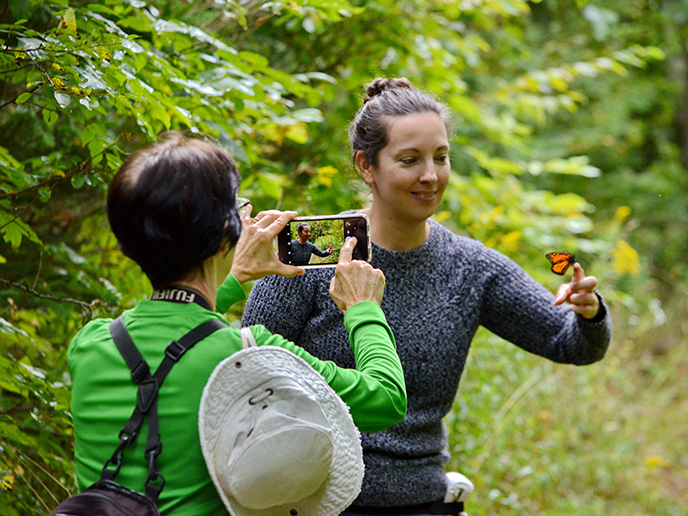Quantum processing scales up and bursts out from theory to reality
“These are exciting times for quantum photonics.” For 3 years now, Peter Lodahl, Head of the Quantum Photonics Group at the University of Copenhagen, has been observing the steady materialisation of quantum hardware building blocks, and he’s clearly optimistic about the future. With every new building block, the world gets closer to the first generation of quantum computing, communication and precision sensing devices. Lodahl has actually been much more than an observer. He also supervises a group of about 30 scientists working on quantum photonics technology. “Our group has specialised in developing deterministic and coherent single-photon sources and photon-emitter interfaces of sufficiently high quality to be scaled up,” he explains. “We now leverage this know-how and technology by applying photonic resources in advanced quantum-information processing. We are heading towards photonic quantum simulations and a quantum photonic neural network, which requires hybrid interfacing of our technology with commercially available advanced photonic circuits (PICs). This is a key development currently taking place.” One of the key projects hosted by Lodahl is a Marie Skłodowska-Curie fellowship named VLS-QPP. The project aims to develop the next generation of quantum optical technology. It does so through symbiotic development of hardware and algorithms, and by using the silicon photonics platform.
Pioneering quantum photonic processors
The Marie Skłodowska-Curie Global Fellow leading the programme, Jacques Carolan, says that VLS-QPP aims to add the missing ‘quantum’ components to existing ‘classical’ hardware: “While commercial technologies like silicon photonics offer unprecedented scale and complexity, they lack key quantum functionality.” VLS-QPP is developing the next generation of very-large-scale quantum photonic processors by augmenting existing classical optical technology with new quantum componentry. “The main enablers of the project are single-photon sources and coherent photon-emitter interfaces. The latter has enabled us to demonstrate giant photon nonlinear operations sensitive at the level of single photons. This is a key enabler and hitherto missing component for photonic quantum gates. It enables quantum computing and quantum communication,” Lodahl explains. VLS-QPP’s main innovation lies in its use of planar technology to couple photons with nanophotonic circuits. Unlike most other approaches which use vertical structures where photons are coupled off-chip, the planar technology is scalable to create advanced photonic circuits where functionalities can be integrated directly on-chip. “Our technology is being commercialised in the spin-out company Sparrow Quantum founded from my group,“ says Lodahl.
From theory to reality
Critical to the success of VLS-QPP is the close interplay between theory and experiment. “The hardware we develop is only as good as the algorithms and protocols we have to run on it,” adds Carolan. “We have therefore developed new methods to control such large-scale quantum photonic systems, and an entirely new suite of applications in the emerging field of quantum machine learning.” All in all, VLS-QPP’s main contribution to the quantum photonics field is the development of quantum processors at an unprecedented scale. The project, which will end in September 2020, has also been laying the foundations of scalable photonic quantum computing and has resulted in a number of publications. Its novel quantum processor is likely to considerably impact the fields of computing and machine learning by enabling a scalable and robust hardware platform that can implement an entirely new family of near-term quantum algorithms. Potential applications for the project’s findings can be found in three core sectors: medical science for studying biochemical processes towards drug discovery; data security through the development and implementation of new and secure quantum key distribution and quantum repeater architectures; and quantum machine learning by directly performing inference on optical signals. Overall, Lodahl is confident that these advances will create new market opportunities in the quantum industry and even beyond.







